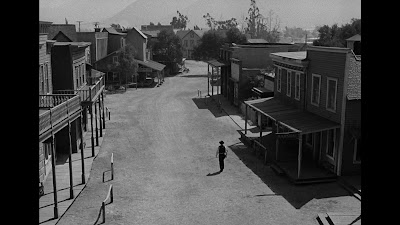Corona Kismet Karma
World, March 2020-
No doubt, we are all (all means everybody, despite age, sex, gender, country) going through a very stressful period due to the rapid spread of the COVID-19 Coronavirus globally, and the resultant number of cases in many countries, and, of course, the deaths as a result.
Wow, schools closing, factories can’t open for business (unless they are making masks), airlines taking it on the chin, Stock Market in total panic and retreat (that doesn’t take much, and this is a bit much for those bots to absorb). IF this isn’t a Pandemic, we just made it one.
So, the questions I want to consider are:
1. How bad is this outbreak compared to other flash coronavirus and flu outbreaks in past and recent history, INCLUDING deaths from the common flu that we face every year in US?
2. Are the extreme measures being taken prudent or an overreaction?
3. WHY is this outbreak spreading into people’s body and minds faster than any in recent history?
4. What can we learn about our world and ourselves from this experience?
First, the facts as I have been able to research them from the available, public information to date 03/10/2020-
a. The COVID 19 has infected more people than SARS or MERS, but the percentage of deaths is far lower:
So, while the total number of infected cases and deaths is far higher than SARS or MERS, the likelihood of death is far lower.
Further, the deaths from COVID-19 are a scourge for older people compared to SARs and MERS. Which makes it less of a pandemic threat to most people.
But, we know that the common flu raises its head as a killer in the US every year. How many people die annually in US from common flu every year? 2017-2018 was a bad year, and 61,000 people died IN THE US ONLY from common flu.
For COVID-19 to reach those levels, approximately 1.8 million people would need to be infected.
Going back into history, the “Spanish Flu” of 1918 was reputed to kill up to 500,000 people. Do the math again-14.7 million cases of COVID-19.
In China, to date the number of new cases has gone down and recoveries are proceeding. Updated count as of 3/11 per worldometers.info: 122,745 cases, 4,585 deaths (3.7%)
But wait- why is this flu spreading so quickly compared to past flu epidemics? SARS was in 2003 and not as many people globally were infected (see above); does this mean that COVID-19 is more contagious than SARS?
One week in February 2020 in NYC, there were 17,233 cases of flu reported. So far this season, 106,824 cases have been report in New York.
So what is different? about COVID-19 from other Flu Pandemics? The answer is obvious to me: technology, air travel, and the whole world is FAR more interconnected than it was in 2003. The good news is, if the world was as interconnected in 2003 as it is now, the death toll from SARS would have been far higher.
So what about the extreme measures being taken? China took extreme measures and the disease has already peaked. So we should not be afraid to do the same, albeit a little more difficult here. The case of the National Guard being used in New Rochelle is, in my opinion, an appropriate example of an extreme measure.
I believe people are sadly unaware of just how close the world has become in the last 17 years since the SARS outbreak and what impact this has on living in 2020.
So it scares the snot out of all of us to think that people are so mobile, the disease, for better or worse, could come from anywhere at anytime; in the past, it would be much easier to identify and quarantine the causes. NOT anymore.
So here’s the Kismet Karma part. In 2020, when we are arguing about trade, tariffs, taxes and medical care, this disease comes along to give us a jolt: Cut the political BS and let’s do something to protect the people (not the politicians), while not destroying the principles and lifestyle that have made us what we are. Tearing down a wall is destructive unless its replacement not only benefits more people, but makes more people happy.
Here’s another important Kismet Karma point: IN the past, when the epidemic was confined to China or other remote places, we were satisfied to say Awww, and not think too much about the situation of those people facing the disease OR how we could help; now that it is in our own backyard, we became concerned, of course. So what is the lesson for the future?
Stop arguing and start working TOGETHER. Maybe COVID-19 is a signal, at the right time.
And, most of all, realize that we are all people in the same world, and our fates depend on each other. Doesn’t matter if it is China, US, or anywhere else.
And we should recognize that bad karma brings bad luck. So let’s treat each other the way we want to be treated, which includes governments and people working on disease control, hunger, education, conservation, etc.
Let’s take the hint; people are literally dying to tell us.





















